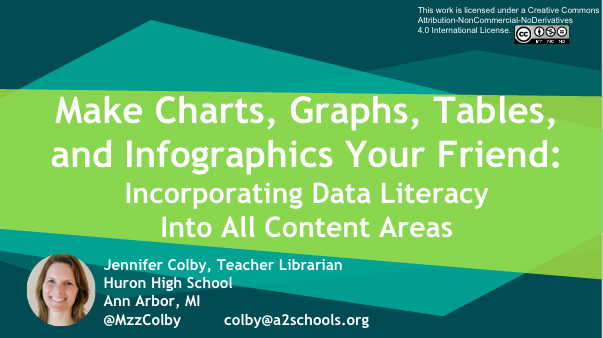When we wrote this grant, we expressed a sense of urgency: that, regardless of party affiliation, students needed data literacy skills to better understand the 2016 presidential election. Little did we know that the election would be more chaotic and less predictable than any in our lifetimes!
Case in point, this article from Quartz, which stated:
During the CNN/Telemundo debate on Feb. 25, Florida senator Marco Rubio proclaimed the Republican party “the party of diversity.”
With two Cuban Americans (Rubio and Ted Cruz) and one African American (Ben Carson) on the stage, “We are the party of diversity, not the Democrats,” he declared.
But as Slate’s Jamelle Bouie noted on Twitter, the numbers don’t add up. Roughly only 11% of the GOP is made up of minority voters.
This is a great example of how different sampling can lead to different truths. If you’re looking at the faces on the Republican debate stage, then yes, three of the five (or 60% of the) candidates are from underrepresented minorities. 60% is pretty impressive. But … let’s pull back the camera and expand the sample size. According to the latest Gallup poll, Quartz’s Jake Flanigin reports, 89% of Republicans are “non-Hispanic white.” 60% diverse? Or 89% not? All depends on who is being sampled.
And let’s consider what we mean by “diversity.” If we mean “people from different cultural backgrounds” or “people of different skin colors,” then indeed, the Republican candidates are diverse. But if we expand diversity to include gender diversity, then a field of men (now five, but at one time 16 of 17 Republican candidates) isn’t very diverse at all. If we define “diverse” to include socioeconomic status, then there’s definitely a clustering of folks above the $100K/year family income line.
To be fair, we can tell the Democratic story of diversity in many ways, too.
- Both candidates — 100% — are white. Even when the field was 6 candidates, it was 100% white. Worse diversity than Republicans!
- Both (100% of) candidates were born into English-speaking homes as opposed to 60% of Republicans. Less diverse than Republicans!
- 50% are women. Much better than Republicans!
- 0% own their own plane. 20% of Republican candidates (meaning: Trump) own their own plane. Republicans are more diverse!
As the primary and caucus season heats up, there will be many more opportunities for students to engage actively in presidential politics and to put their nascent data literacy skills to the test. Sometimes, there can be more than one way to tell the truth.
What do you notice in campaign rhetoric that could be a teachable moment in your school?






